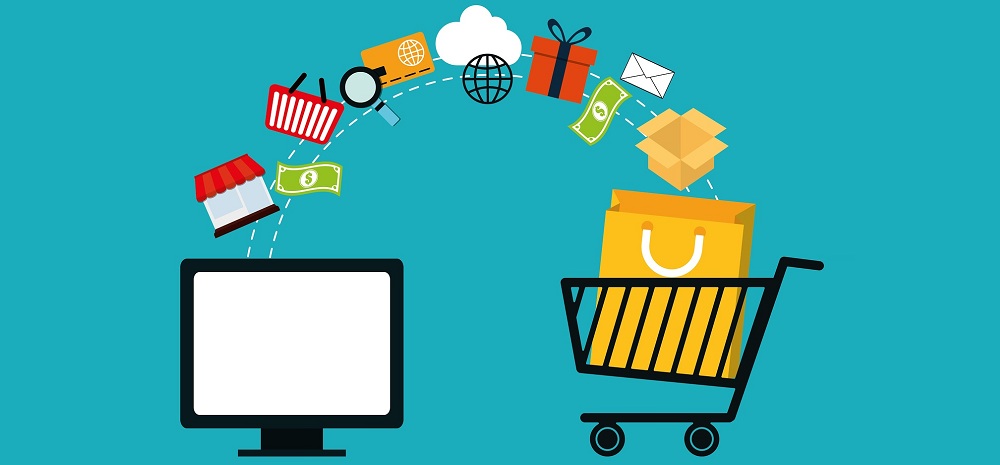Indian Retailers Choose Ecommerce Over Distributors – Supply Chain Disrupted?
This practice certainly comes under grey area.

We had anticipated this since long, but now, it is confirmed: Ecommerce in India is not only disrupting consumer behavior, and choices, but also disrupting entire supply chain.
For the end-user, this may not seem a big deal, but ask that small businessman or retailer about this, and you will get to know the impact behind this – Entire supply chain is now getting disrupted by ecommerce, and this means that entire business model of Indian entrepreneurs is experiencing a paradigm shift.
What exactly is happening here?
Contents
Small Retailers Choose Ecommerce Over Distributors
Traditionally, the supply chain of a product moves like this:
Manufacturer sends the product to the distributor, who sends the product to the wholesaler, who sends the product to the retailer. And from there, the consumer buys it.
But now, ecommerce has disrupted this supply chain.
As per incoming reports, the retailer at the end of the cycle is now buying directly from the ecommerce portals, and ditching the wholesaler and distributor from the chain.
Which Products Are Being Impacted?
Mainly smartphones, Televisions and gadgets.
Earlier, only expensive smartphones like iPhones used to be traded this way, but, the trend is visible across mid-range to premium smartphones like Xiaomi, Honor, Oneplus and Oppo.
In Televisions, Xiaomi and Sanyo were the hot picks this year as retailers directly bought them from the ecommerce portals.
As per Kumar Rajagopalan, CEO of the Retailers Association of India, most of these retailers sold these smartphones and TVs to the end-user at higher price.
But.. How Is It Possible?
Yes, ecommerce portals are Flipkart, Amazon have put a cap on the number of units you can buy from their website, to avoid retailers buying products in bulk.
To avoid this, some retailers bought smartphones and TVs from proxy sellers, who create multiple IDs and accounts and fulfill the demand.
Although this comes under grey area, but the small retailers had to opt for this way, as demand was high, and the online portals gave heavy discounts. After all, these small retailers cannot afford to lose their customers.
As per Mumbai Mobile Retailers Welfare Association president Vibhooti Prasad, most of the retailers in Mumbai stocked up these items in advance, and then sold them at a premium price during festivals, often without any invoice.
Mumbai Mobile Retailers Welfare Association represents 4800 retailers in Mumbai.
Is It Right Or Wrong?
This is a dicey question indeed. Big sellers on ecommerce portals like Flipkart, Amazon, Paytm pick the products directly from the manufacturers, and are able to sell them at lower cost, sometimes cheaper than what the distributor asks from the retailers.
In such scenario, the small retailers are left with no option other than to opt the grey area, and somehow match the price to their customers.
Entire business model is changing now, and we are witnessing a business transformation. The issue is debatable, and needs more insights from experts of retail and consumer behavior.
We will keep you updated, as more details come in.

There’s nothing dicy about it – it’s WRONG, period.
….and I don’t understand why the end consumer is not simply buying from websites him/herself, ESPECIALLY if the price is lower???